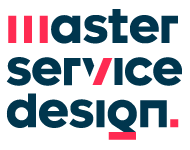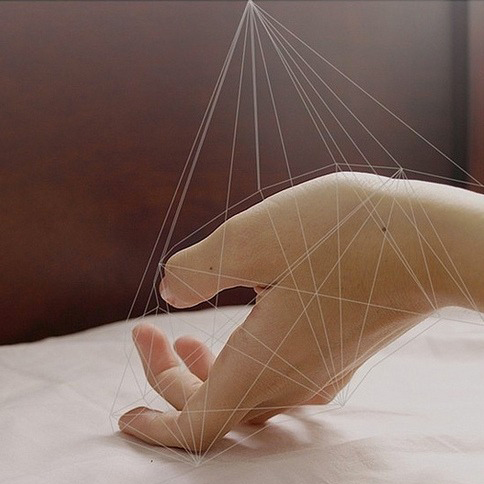During my experience @ Deutsche Bank in 2011, I had the meaningful and beautiful experience to meet two professors, Tamara Carleton and William Cockayne, Senior Researcheres at the Center of Foresight and Innovation at Stanford University, and to work with them at what it’s been called FORESIGHT THINKING.
Among many different things, they introduced me and my colleagues few useful tools for understanding WHO IS OUR FUTURE CUSTOMER?
Many organizations, infact, make the common mistake of designing a future product or service for today’s user. The user today will not be the same user you want to target in two or three product cycles. Let’s say, for example, that my target user is a 25-year-old male consumer in Germany. If I am planning a new service to launch in 10 years, then the 25-year-old consumer today will be 35 years old in 2024. And a 25-year-old of 2024 will look at his middle-aged counterpart and likely see little similarity in values, beliefs, and spending habits. A small generational gap just weakened my R&D strategy.
There are ways to overcome this discrepancy, some tools to understand the FUTURE CUSTOMER EXPERIENCE.
TOOL #1: DEMOGRAPHIC CURVES
 The first tool, called Demographic Curves, looks at the future user in terms of meta data. Demographic data identifies changes within a population segment or specific group over time. Some experts say that demographics is destiny. By analyzing changes in demographics, you can track generational needs, anticipate population losses or booms, and ultimately plan for major workforce changes.
The first tool, called Demographic Curves, looks at the future user in terms of meta data. Demographic data identifies changes within a population segment or specific group over time. Some experts say that demographics is destiny. By analyzing changes in demographics, you can track generational needs, anticipate population losses or booms, and ultimately plan for major workforce changes.
TOOL #2: FUTURE USERS
 The second tool, called Future Users, uncovers user needs at the individual level. This tool fundamentally compares two user personas in terms of their life timeline, and personas are a powerful way to bring segment data to life. Some companies have adapted the Future Users tool to describe and compare business roles and even products.
The second tool, called Future Users, uncovers user needs at the individual level. This tool fundamentally compares two user personas in terms of their life timeline, and personas are a powerful way to bring segment data to life. Some companies have adapted the Future Users tool to describe and compare business roles and even products.
TOOL #3: FUTURETELLING
 The third tool, called Futuretelling, brings tacit user needs to the surface. Futuretelling are short and dramatic performances that illustrate a particular user need as a scene from the future. This is active storytelling at its best, and psychology studies have proved time and time again why stories work. Often it is difficult to articulate the exact nature of a future need, and instead, it is easier and more compelling to present the broader context. As they like to say at Stanford, show, not tell.
The third tool, called Futuretelling, brings tacit user needs to the surface. Futuretelling are short and dramatic performances that illustrate a particular user need as a scene from the future. This is active storytelling at its best, and psychology studies have proved time and time again why stories work. Often it is difficult to articulate the exact nature of a future need, and instead, it is easier and more compelling to present the broader context. As they like to say at Stanford, show, not tell.
The combination of these three tools helps to prepare and design for the real user of the future. Applying foresight thinking can turn a complex and unclear world into a map of new innovation opportunities and possibilities. Additional methods and tools for Foresight Thinking can be found online at: http://foresight.stanford.edu/.

